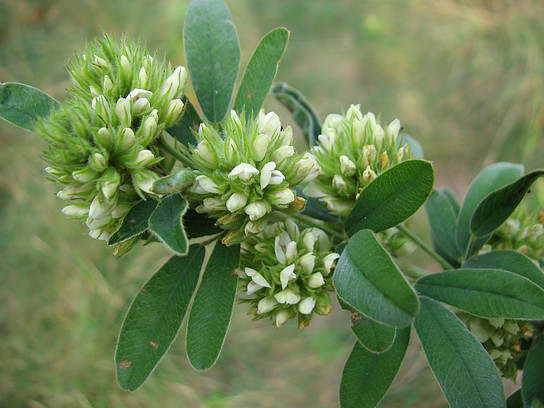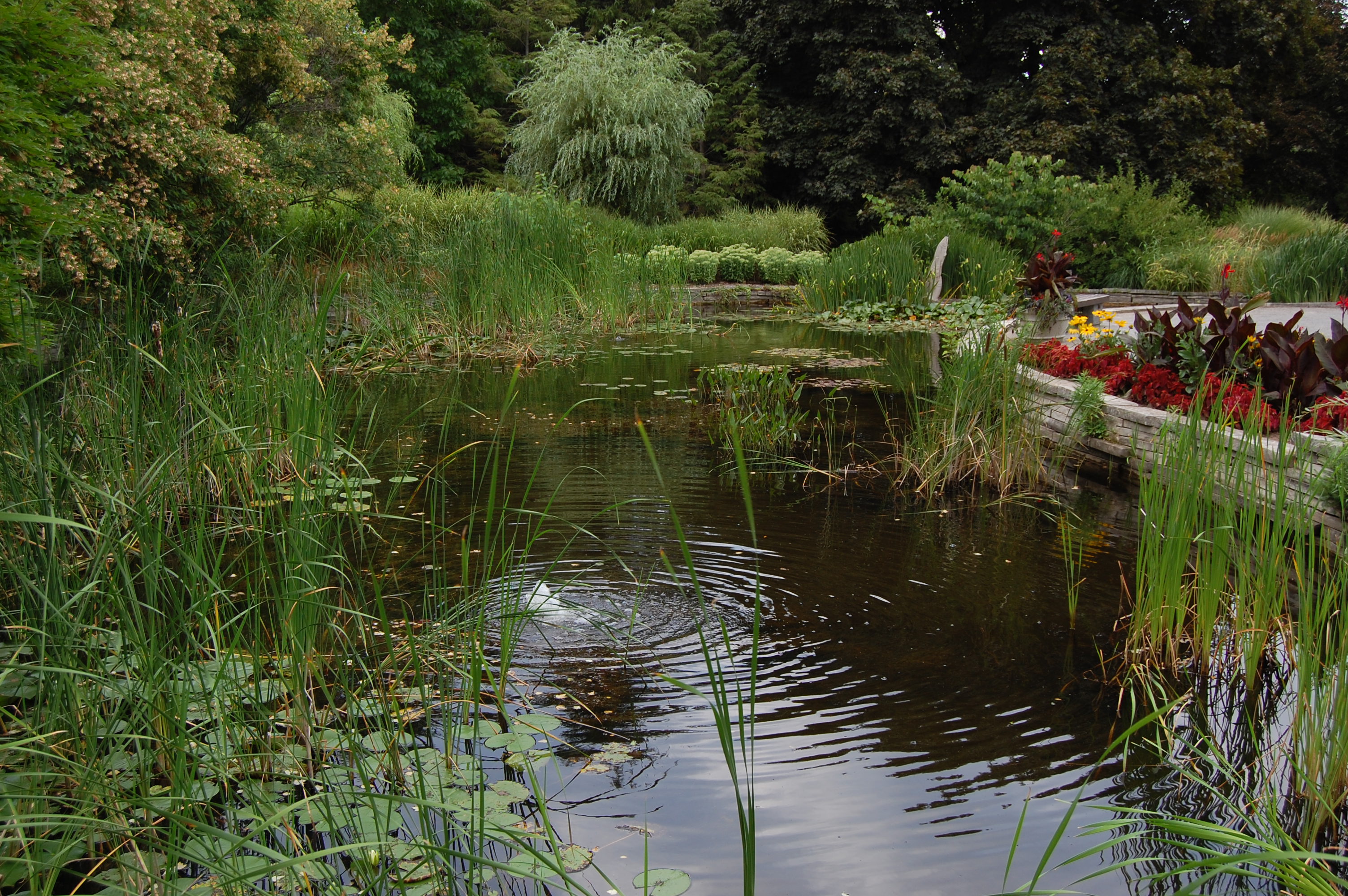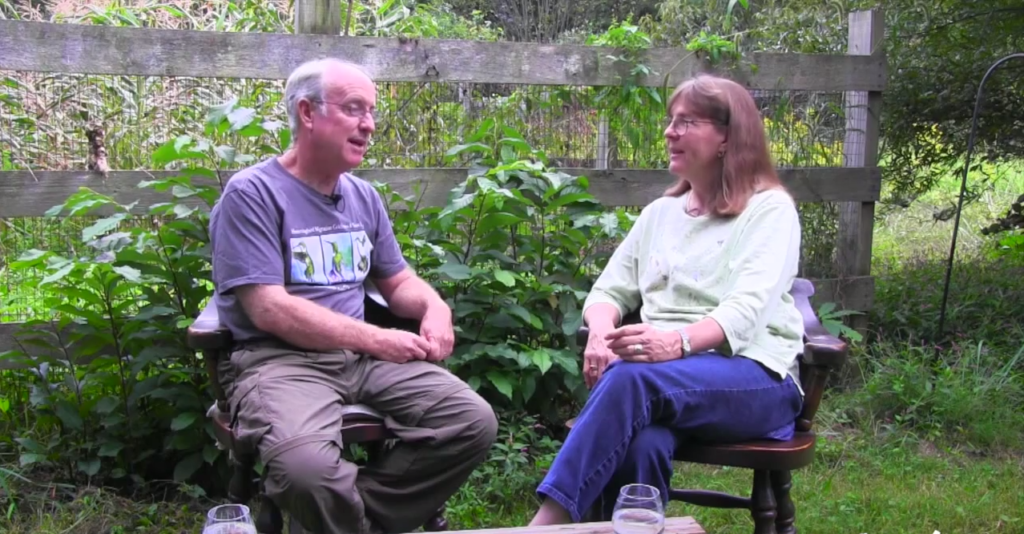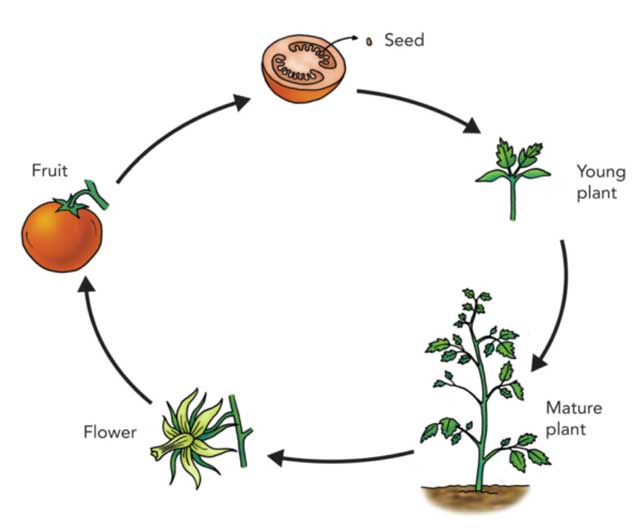
Native plants are so beneficial and easy to grow!
If you don’t already, consider growing native plants in your garden. Plants are considered native if they originated and are growing naturally in a given area; they have adapted to the soils, the regional climate, and wildlife – and will continue to survive climate changes like floods, drought, blizzards, and frost. Southern Ontario sits in the Carolinian life zone and is one of North America’s most vibrant, but fragile ecoregions. This area contains 25% of Canada’s population in just 0.25% of its land area and currently has over 60 species at risk of disappearing forever – more than any other life zone in Canada.
The benefits to growing native are impressive and the plant list is long – and ultimately worth it in the end. Here are a few reasons why we should all be going native…
Reduced Maintenance:
While there is no such thing as a no-maintenance garden, native plants offer a very low-maintenance alternative. Because they are resistant to pests, disease, and drought, they don’t require the same level of attention that many other tender plants need to survive. Well-established natives have deep roots that support them through dry times, they rarely require fertilizer and they help deter weeds and invasive species from moving in and taking over the garden.
Soil and Water Conservation:
The deep root system of native plants increases the soils’ ability to store water and keeps that soil where it belongs. Natives also help reduce water runoff; their dense growth and large, lush foliage allow rainwater to drip into the soil rather than pooling around the plant or draining away. They require far less watering than their non-native neighbours, and they are strong, long-lived plants that rarely need replacing, providing overall good value for your gardening dollars.
Wildlife:
Native plants provide wildlife with the habitat they need to survive. If you grow them, they will come. And stay. They naturally produce the seeds, berries, nuts, and nectar that the local wildlife enjoys. Natives provide a protective cover for wildlife – provide seeds, nuts, and berries for mammals – insects, seeds, and fruit for birds – nectar for hummingbirds, bees, and butterflies, and host plants for butterfly caterpillars. Plant a swamp or common milkweed; it’s the only larval plant that the monarch caterpillar lays its eggs on – bring monarchs back into your garden!
A Garden Full of Beautiful Plants:
There are native plants available for every garden location – sun, shade, water, rock gardens, and woodlands. Wildflowers in bloom combined with native grasses and ferns provide a stunning visual in any setting. Many native plants provide impressive, showy flowers, colourful berries, unique nuts and seeds, and stunning fall foliage. Plant big bluestem grass, Canada wild rye, or sideoats grama. Consider perennials like black-eyed Susan, dense blazing star, wild lupine, showy goldenrod, evening primrose, blooming sedge, coneflower, bluebells, or butterfly weed. Ferns include maidenhair, royal, hart’s tongue, oak, ostrich, and lady – the list is long. There is also an impressive lineup of shrubs, bushes, and trees to complete your backyard native oasis.
Create a Wetland:

Add water features (or a pond) to your yard to encourage frogs, toads, dragon and damselflies to move in, and to provide a water source for birds and butterflies. These wetland creatures will thank you by working to keep the mosquito population down during the summer season. Use a variety of native plants in the pond, add large rocks and old logs to provide spots to soak up the sun, and create mini-wetlands near smaller water features by planting bog or pond plants in buried plastic containers to keep the roots wet. It won’t take long before your wetland neighbourhood starts to fill up.
Adding even a few natives into your current landscape each year will help to encourage a healthy and sustainable ecosystem you can enjoy for years to come. Grow a native plant – and save a life!
Recommended Trees and Shrubs in Upper Thames Conservation area (Zone 5-6, Southern Ontario, Canada)
Native Plant Databases and Local Providers – Check here for lists of native plants for your garden and for local retailers who sell them!
More Resources
Why Include Native Plants in your Garden?
New research on Natives vs Native Cultivars – Dr Doug Tallamy
Native Columbine (Aquilegia canadensis)





About The Author: Janeen Collins-Dera
More posts by Janeen Collins-Dera